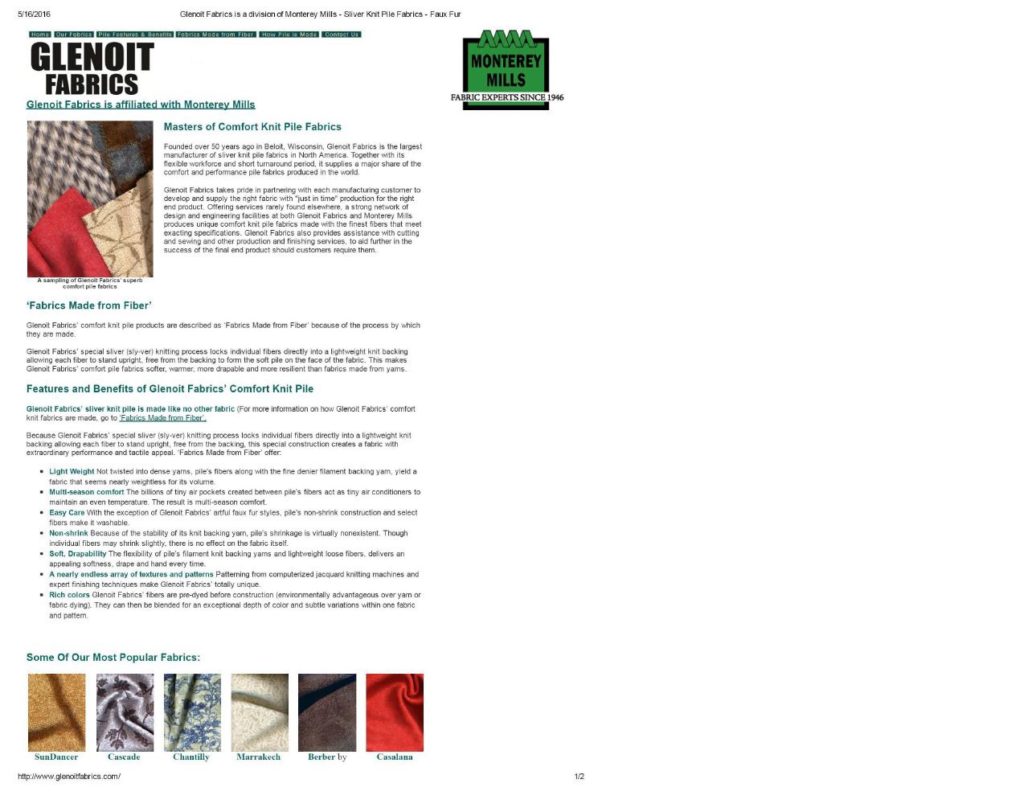In Versatop Support Systems, LLC v. Georgia Expo, Inc., [2018-1208](April 19, 2019), the Federal Circuit reversed the district court’s finding that defendant’s advertising using plaintiff’s PIPE & DRAPE 2.0™ and 2.0™ trademarks did not constitute an infringement because advertising did not constitute a use in commerce.
Federal trademark infringement requires that the infringing mark be used in commerce. Relying on the definition of use in commerce in 15 USC 1127, which requires that the mark be placed on goods or containers, the district court concluded that defendant’s use of plaintiff’s marks in these advertisements:

did not constitute infringement because the plaintiff’s marks were not actually applied to products.
The Federal Circuit made quick work of this, first pointing out that the legislative history for the use in commerce definition expressly contemplated that it did not apply to infringement: “Clearly, how-ever, use of any type will continue to be considered in an infringement action.” The Federal Circuit noted that the Ninth Circuit has recognized the distinction between “use in commerce” as a requirement for federal trademark registration—as defined in Section 1127—and infringing uses of a mark. Treatises, such as McCarthy on Trademarks and Unfair Competition likewise recognizes that Section 1127 “defines the kinds of ‘use’ needed to acquire registerable trademark rights—not to infringe them.”
The Federal Circuit concluded that contrary to this precedent, the district court in this case incorrectly applied the definition of “use in commerce” that is included in the statute for purposes of trademark registration, instructing “[t]his definition does not apply to trademark infringement.”
Turning to the likelihood of confusion, the Federal Circuit found ample evidence infringement, so it not only reversed summary judgment, but entered judgment in favor of plaintiff.

